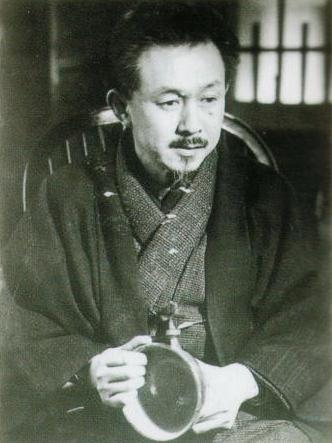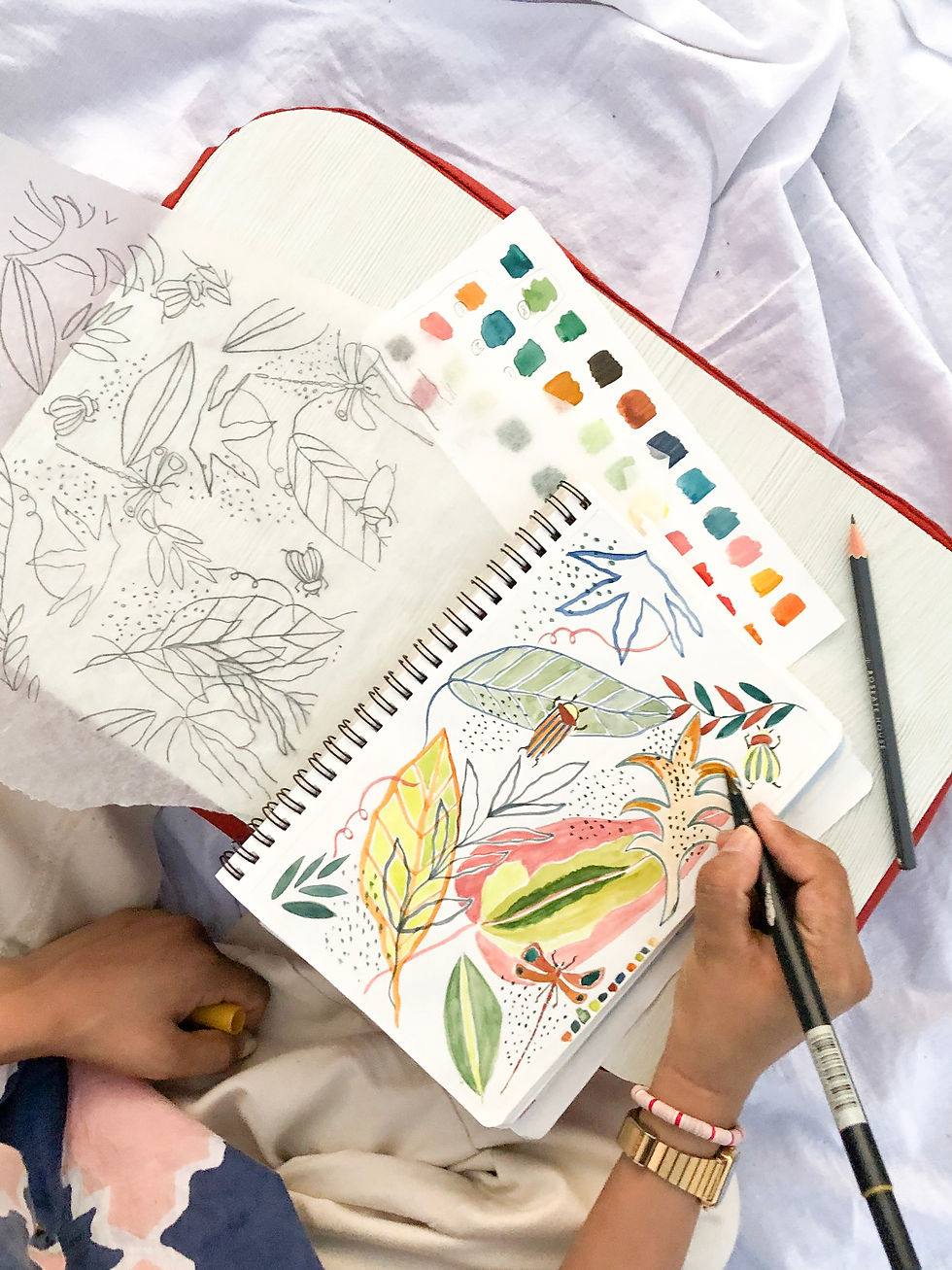Japanese aesthetics, the Mingei Movement & Indian khadi
- HOWS

- May 13
- 3 min read
Our Mingei Collection is named after Japan's Mingei (art of the people) Movement of the early 1900s which identified beauty in the honest simplicity & utilitarianism of folk crafts created by anonymous, village craftspeople. The movement was an antidote to unchecked industrialisation and a means of cultural preservation, spearheaded by the Japanese philosopher, Yanagi Soetsu.
Handcrafted village textiles; left Indian jamdani extra weft mulmul khadi dyed with onion and indigo, right Japanese persimmon-dyed kasuri double ikat on homespun nettle
On my last visit to Tokyo, I visited the Nihon Mingeikan (The Japan Folk Crafts Museum), established in 1936 by Yanagi Soetsu. He had made it his life's mission to collect and preserve the fast disappearing folk crafts of Japan, and present them as the arts they are. It's a must-see for your next trip to Japan! Until then, read more - I highly recommend Yanagi's books below. They offer a deep meditation on the aesthetic philosophies of Japan.
Yanagi Soetsu; his ideas were collected in a series of essays, “The Beauty of Everyday Things,” published in 1926
The Origin of the Word Mingei - Soetsu Yanagi, 1933
The Japanese word for ‘folk craft’ or ‘folk art’, mingei, is actually new to the language. Being new, it is often confused with tribal art, peasant art, or even the more inclusive arts of the common people. In coining this word, however, Shoji Hamada, Kanjiro Kawai, and I had something simpler and more direct in mind. We took the word min, meaning ‘the masses’ or ‘the people’, and the word ‘gei’, meaning ‘craft’, and combined them to create mingei. Literally, the word means ‘crafts of the people’. It is meant to stand in contrast to aristocratic fine arts, and refers to objects used by ordinary people in their daily lives. These objects include household effects such as clothing, furniture, eating utensils, and stationary.
Folk craft objects in this sense have two principal features. One is that they are things made for daily use. Second is that they are ordinary, common things. Conversely, they are neither expensive nor produced in small numbers. Their creators are not famous artists but anonymous artisans. They are not made for viewing pleasure but for daily use.
One essential feature should be that the objects honestly fulfil the practical purpose for which they were made. This calls for the careful selection of material, the employment of methods that are in keeping with the work to be done, and attention to detail.
Folk craft is thus devoted to healthy utilitarian purposes. It is, in fact, our most trustworthy and reliable companion throughout our daily lives. Essentially, it is easy to use and ready at hand, always reliable once we have become familiar with it, provides a sense of ease and comfort, and the more we use it, the more intimately it becomes a part of our lives.
Folk art may be rough in nature, but it should not be slipshod. It may be cheap, but it should also be sturdy. What must be avoided at all costs is dishonest, distorted, and ornate work. What must be sought is the natural, direct, simple, story, and safe. In a word, folk art must be sincere, sincerely produced for use by the common person. It is the aesthetic result of wholeheartedly fulfilling utilitarian needs. Its beauty can be called wholesome or natural.
Excerpt from the essay “What is Folk Craft?”, 1933
We found the concept of Mingei - the acknowledgement that humble but well made folk crafts are an art form in themselves - to apply perfectly to the hand spun cotton upon which our Mingei Collection is based. This simple but beautiful cloth - made exclusively by hand in remote villages across India by anonymous crafts men and women - is the ultimate luxury: a unique, well made cloth that preserves the inherent qualities of the fibre it is crafted from; celebrates centuries of heritage; and is made, inch by slow inch, through the skill, patience and hard work of another's hands.
Ghandi recognised the political importance of hand spun cotton (khadi) and made it a cornerstone of his independence movement. Now it's time to recognise it's beauty: deliciously soft, delicately textured, and retaining the natural properties of cotton normally damaged during the machine-spinning process. It's a pleasure next to the skin, and dances and floats with movement. Each meter of cloth represents hours of effort by farmers, spinners, weavers & dyers.














Comments